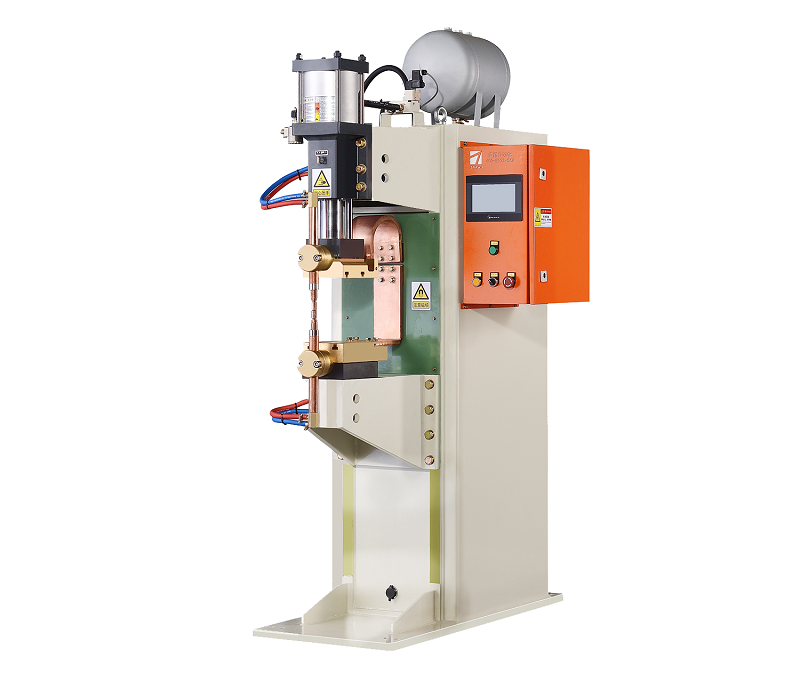Stages of Welding Process in Medium Frequency Spot Welding Machines?
The welding process in medium frequency spot welding machines involves several distinct stages that collectively contribute to the creation of strong and reliable welds. This article explores the various phases of the welding process, highlighting the significance of each stage in achieving successful weld outcomes.

Stages of the Welding Process:
- Clamping Phase: The first stage of the welding process involves clamping the workpieces together under controlled pressure. Proper clamping ensures precise alignment and efficient heat transfer during subsequent stages.
- Pre-Pressing Phase: In this stage, a predetermined force is applied to the workpieces just before welding. This pre-pressing phase minimizes any gaps between the surfaces, ensuring optimal contact and uniform heat distribution.
- Heating Phase: The heating phase is initiated by applying welding current to the electrode tips. This current flows through the workpieces, generating resistance heating at the interface. The heat softens the material and creates a plasticized zone at the joint interface.
- Forging Phase: During the forging phase, the electrodes exert pressure on the softened material. This pressure causes the plasticized material to flow, forming a metallurgical bond as the surfaces merge and solidify.
- Holding Phase: After the forging phase, the welding current is switched off, but the pressure is maintained for a brief period. This holding phase allows the material to solidify further, enhancing joint integrity.
- Cooling Phase: Once the holding phase is complete, the workpieces are allowed to cool naturally. Proper cooling helps in avoiding excessive residual stresses and distortion while promoting uniform microstructure development.
- Release Phase: The final stage involves releasing the pressure on the workpieces and separating the electrodes. The completed weld is inspected for quality and integrity.
Significance of Each Stage:
- Alignment and Contact: Proper clamping and pre-pressing ensure precise alignment and optimal contact between the workpieces, critical for uniform heat distribution.
- Effective Heating: The heating phase generates the required heat for material softening, promoting proper metallurgical bonding at the joint interface.
- Metallurgical Bonding: The forging phase facilitates the flow of softened material, enabling effective metallurgical bonding and joint formation.
- Enhanced Integrity: The holding phase enhances joint integrity by allowing material solidification under pressure, reducing the risk of defects.
- Residual Stress Management: Controlled cooling minimizes residual stresses and prevents distortion, ensuring dimensional stability in the welded components.
Conclusion: The welding process in medium frequency spot welding machines comprises several key stages, each contributing to the creation of high-quality welds. Understanding and effectively managing each stage are crucial for achieving consistent and reliable welding outcomes. Proper execution of these stages results in structurally sound and durable welded joints that meet the required standards and specifications.